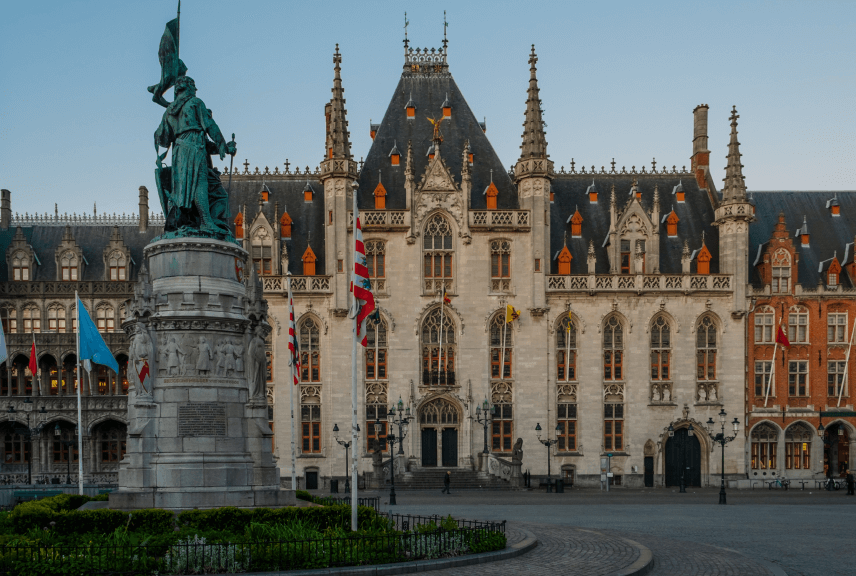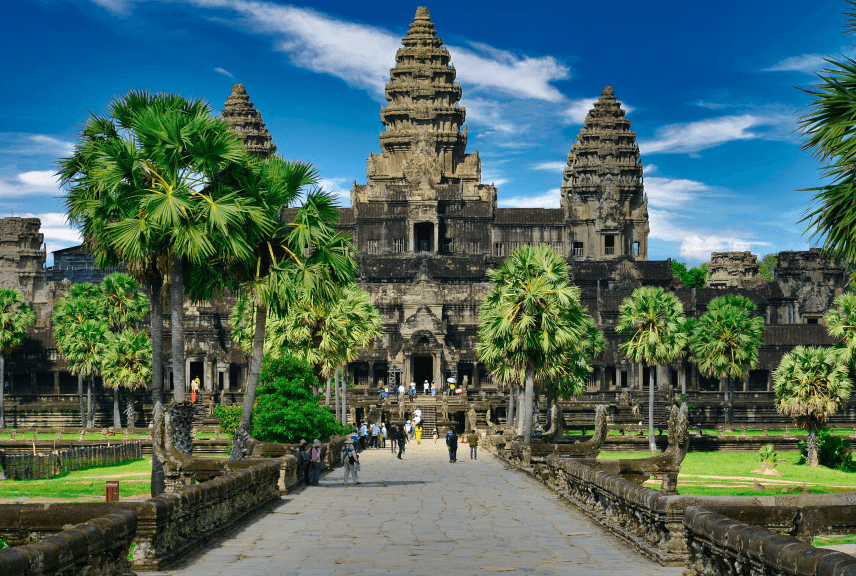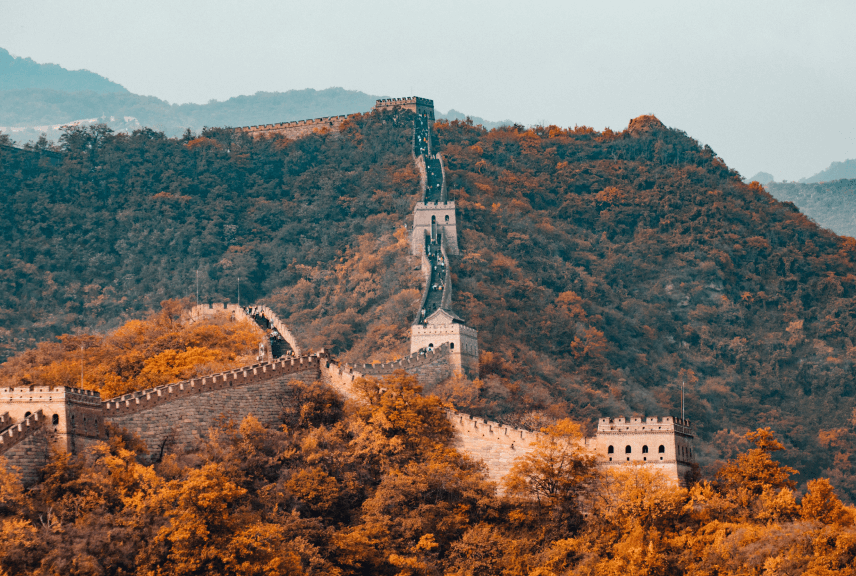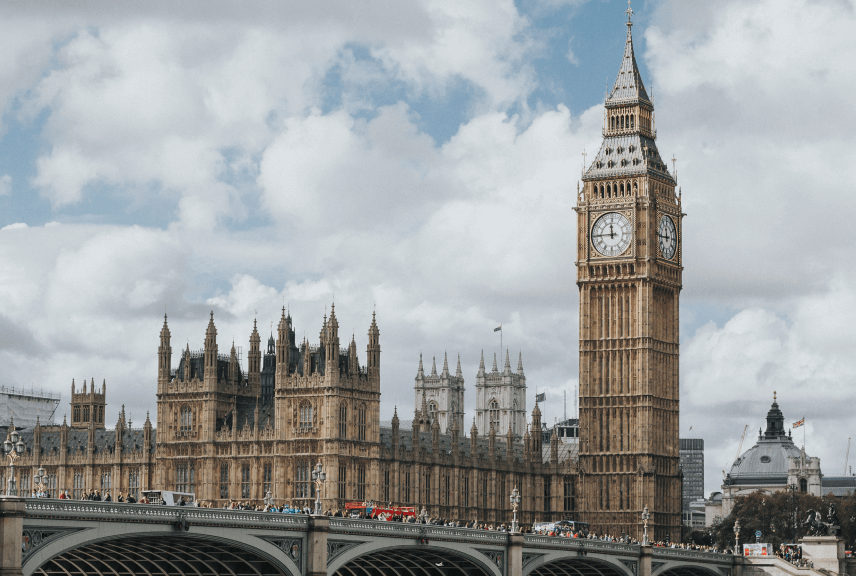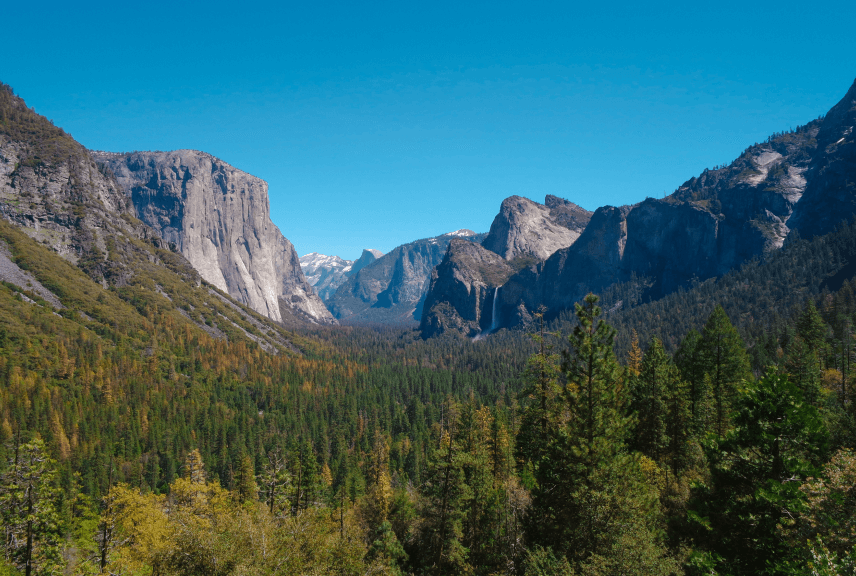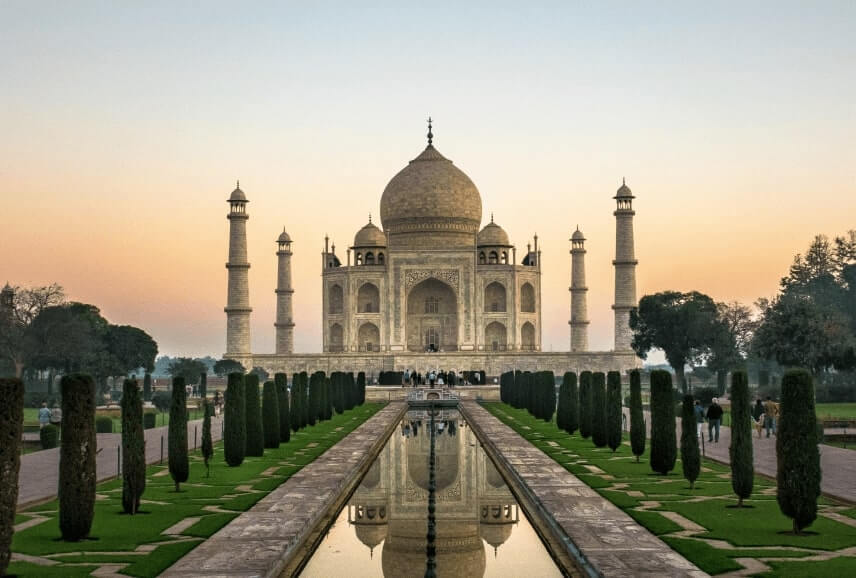Purana Qila
Located on the eastern side of India Gate and north of Humayun’s tomb, the Purana Qila occupies the ancient mound, which perhaps conceals the ruins of the city of Indraprastha of the Indian epic, the Mahabharata. Emperor Humayun laid the foundations of a city named Dinpanah or ‘Refuge of the Faithful’ here, in 1534, and the inner citadel of this city is the Purana Qila. He conceived Dinpanah as ‘a southern Samarkand’ or refuge for learned men of all Islamic sects who could discuss theology at leisure under the patronage of their emperor. However, in 1540, Sher Shah Suri captured the city and renamed it Delhi Shershahi or Shergarh and built many buildings in it. In 1555, Humayun recaptured it and lived here until his death.
A good example of medieval military architecture, Purana Qila originally lay on the bank of the Yamuna River. The ramparts of the Qila cover a perimeter of nearly 2 kilometers. Also popularly known as Old Fort, the Qila or citadel has massive and magnificent walls, which are 18 meters in height. Small spy holes in the walls, provide nesting spaces for hundreds of birds. Unlike the later forts of the Mughals, Purana Qila does not have a complex of palaces, administrative or recreational buildings.

At present, the monument is in a deplorable condition and is survived by two chambers and two rooms on the ground floor as well as on the first floor. Some believe it was an astronomical observatory because a hollow masonry cylinder perforates the floor and the roof of the southern apartment of the monument. However, its exact use is still not known, as it could also have been a tower for viewing animals. It is said that the rooms on the second floor were used as a mosque because one can find mihrabs in the western wall with inscriptions above them but now hardly visible.
Just near the monument are the remains of the baoli, which was a part of the palace and was the source of water for the area. The baoli does not exist today and one can only imagine the baoli by seeing the impression on the ground and a portion of arched construction in stone. Do visit the monument as you may find the ‘vanishing saint’ and get lucky!
